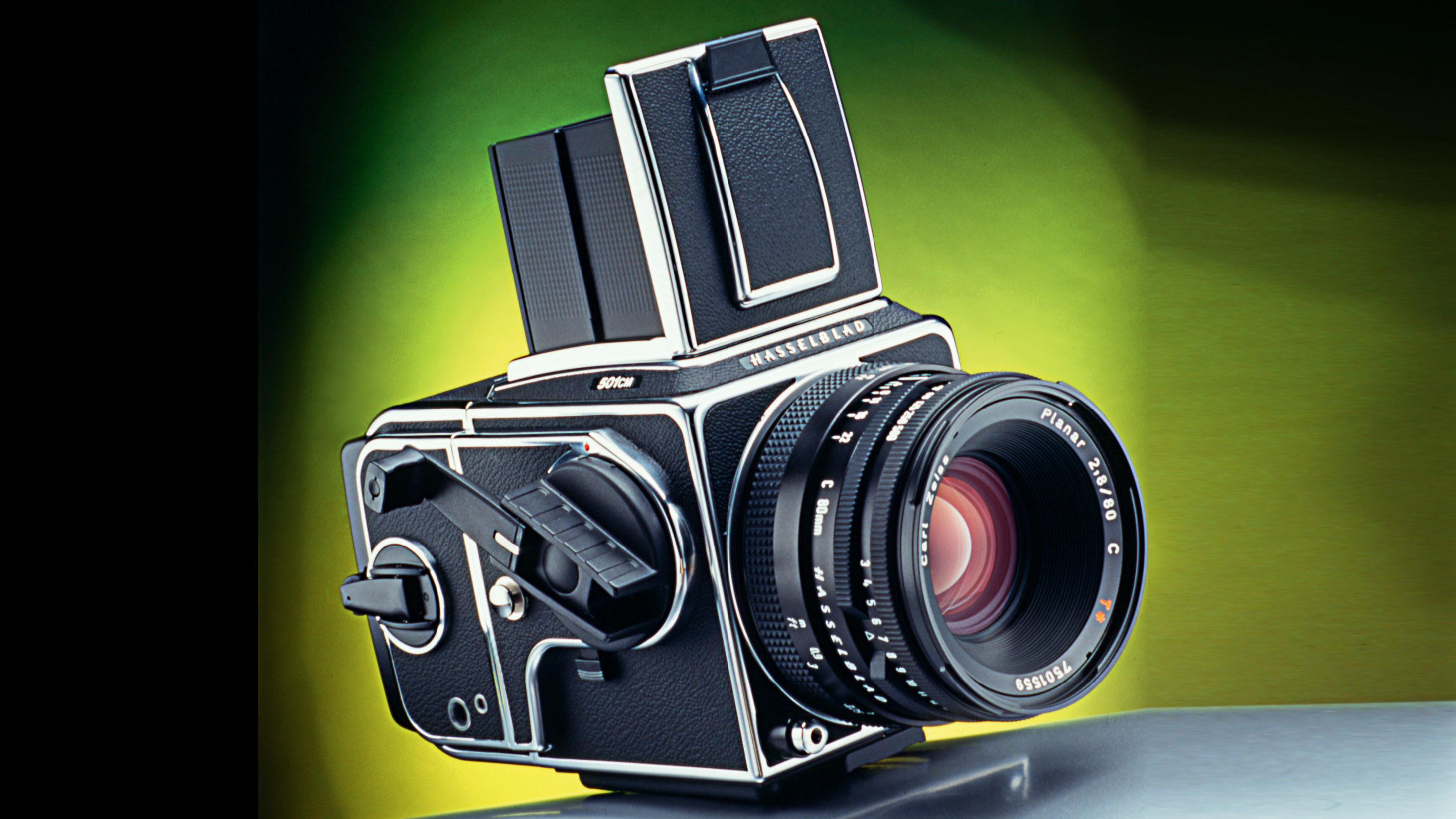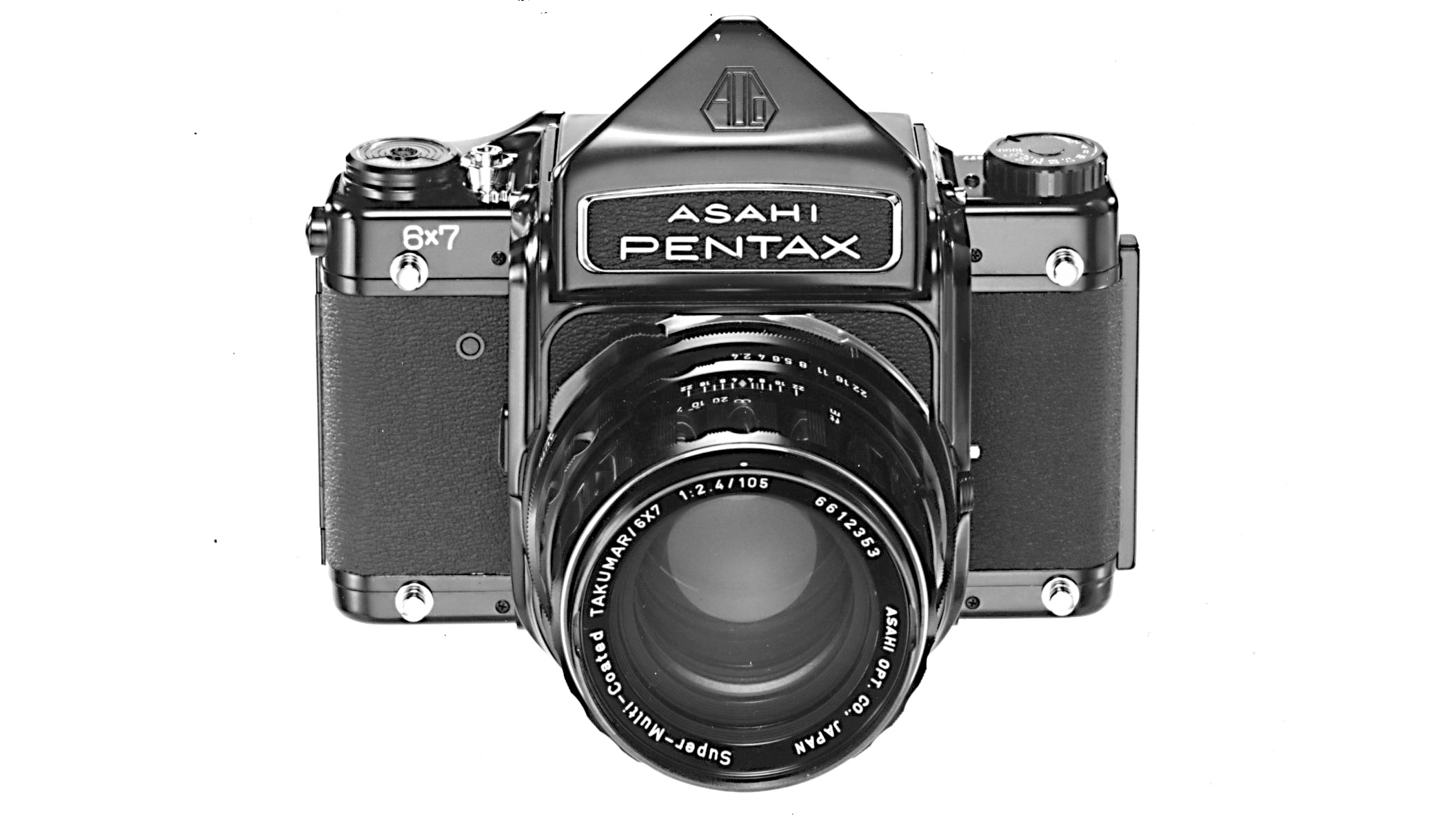
Lately, I’ve found myself circling the idea of adapting vintage lenses to my Fujifilm GFX 50S II medium format camera. It started, as these things often do, with a few idle searches and forum threads, but it’s quickly turned into an obsession.
I keep imagining the softened corners, the contrast in tone, and the way old glass renders light; something that feels worlds away from the precise, clinical perfection of most modern lenses.
Part of this curiosity stems from a conversation I had with Robbie Lawrence a while ago. He mentioned that the photographs in his book Long Walk Home were made using adapted Pentax 67 lenses on a Canon 5D MK III, an approach that, once you know, makes perfect sense.
There’s a looseness to those images, a softness that feels both nostalgic and direct, as though the lens itself is part of the memory. It’s not about sharpness or resolution, but rather, atmosphere.
I haven’t gone down that path yet myself. But the idea keeps tugging at me. In a time when even our flaws are engineered to look good on high-resolution screens, something is appealing about embracing the messiness of older tools and accepting that unpredictability might be what gives an image its staying power.
In some ways, pairing a digital medium format camera body with a decades-old lens feels like an act of rebellion. It’s a rejection of perfection, or at least of the kind of perfection we’ve been sold. It also raises a deeper question of what exactly we are chasing when we obsess over lenses. Is it technical superiority? Or is it something harder to define, like mood and atmosphere?

Of course, there’s also the very practical side of it. The best GF lenses are on the pricier side, which is another part of what’s nudging me toward the idea of adapting vintage glass. Many of these older lenses, especially those designed for long-discontinued medium format systems, are relatively affordable these days on second-hand outlets, simply because the native cameras they were made for aren’t in regular use.
Thanks to an ever-expanding range of adapters from companies like Fotodiox, it’s easier than ever to mount everything from Mamiya and Pentax 67 glass onto a GFX body. If I wanted to keep things a little more contemporary, Fujifilm even makes its own official adapter for Hasselblad H lenses, offering a more modern option.
But beyond cost or convenience, what appeals to me is the chance to find a combination that feels uniquely my own. Something is exciting about knowing that, by pairing vintage glass with modern sensors, I’d be working with a setup that far fewer photographers are using. In an era where many photographs start to look alike, it’s tempting to think that the quirks of an old lens could help push my work somewhere less predictable.
Of course, it’s easy to romanticize this from the outside. I know there are trade-offs such as vignetting, softness, manual focus, and clunky ergonomics. But part of me wonders if those so-called 'limitations' would work in my favor. We spend so much time in photography trying to correct, to perfect, to control, maybe the real magic lies in the imperfections.
you may also like
For those who are sticking with contemporary tools, the Amazon Prime Day deals have just kicked off. Check out our hubs for discounts on cameras, drones, and security cameras.







